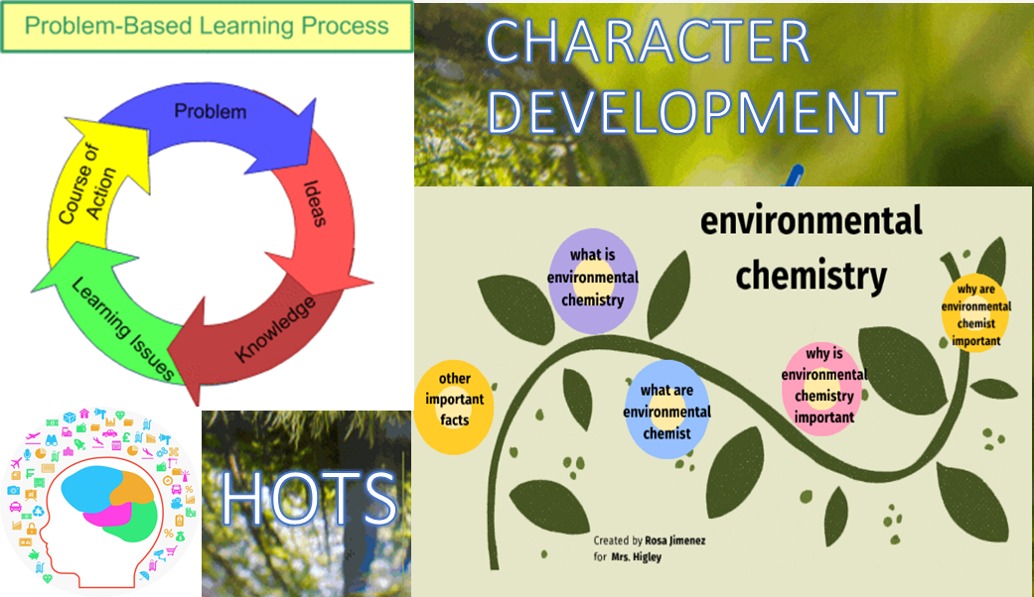
Environmental chemistry course assisted problem-based learning in developing students’ higher-order thinking skills and characters.
DOI:
10.29303/aca.v4i2.54Published:
2021-10-26Issue:
Vol. 4 No. 2 (2021)Keywords:
Environmental chemistry course , problem-based learning , high-order thinking skillsArticles
Downloads
How to Cite
Wildan, W., Supriadi, S., Laksmiwati, D., & Analita, R. N. (2021). Environmental chemistry course assisted problem-based learning in developing students’ higher-order thinking skills and characters. Acta Chimica Asiana, 4(2), 141–146. https://doi.org/10.29303/aca.v4i2.54
Downloads
Download data is not yet available.
Metrics
Metrics Loading ...






 Indonesian Chemical Society, Chapter Nusa Tenggara. Jalan Majapahit 62 Mataram, University of Mataram, 83125, Indonesia
Indonesian Chemical Society, Chapter Nusa Tenggara. Jalan Majapahit 62 Mataram, University of Mataram, 83125, Indonesia





